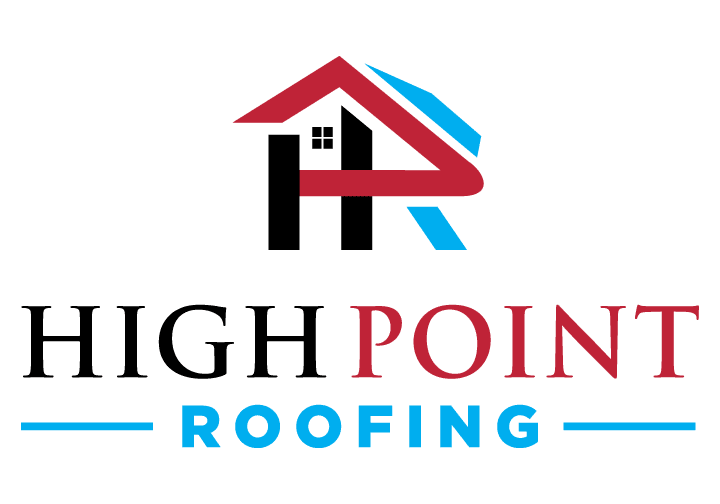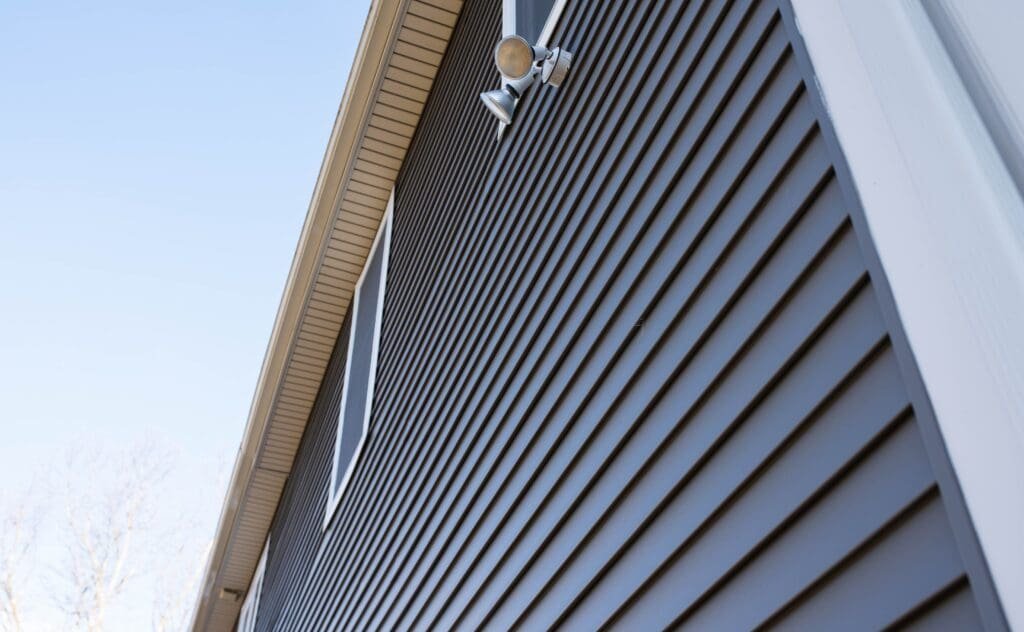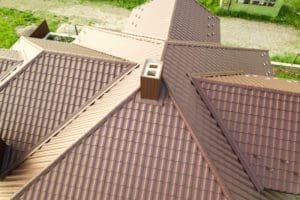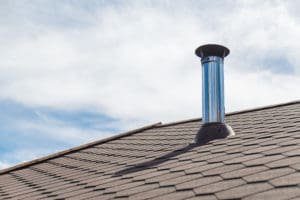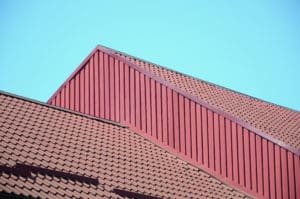When it comes to protecting your home, durable siding materials are a crucial component. Siding not only enhances the aesthetics of your house, but it also provides insulation and shields against the elements. In this guide, we will explore the importance of durable siding materials and discuss the various options available to homeowners. Whether you are considering a complete siding makeover or simply want to upgrade your existing siding, this guide will provide you with the valuable information you need to make an informed decision.
Understanding the Importance of Durable Siding Materials
Siding plays a vital role in protecting your home from the harsh elements of nature. It acts as a shield, safeguarding your property from excess moisture, wind, and the damaging effects of UV rays. Additionally, durable siding materials can significantly enhance the energy efficiency of your home by providing insulation and reducing heat loss. By investing in high-quality siding, you can increase the lifespan of your home’s exterior and reduce maintenance costs in the long run.
When it comes to choosing the right siding material for your home, it’s essential to consider not only the durability and energy efficiency but also the aesthetic appeal and overall functionality. The right siding can enhance the curb appeal of your home, adding value and charm to its exterior. Moreover, durable siding materials can withstand the test of time, ensuring that your home remains protected and visually appealing for years to come.
The Role of Siding in Home Protection
One of the primary functions of siding is to protect your home from external elements. Wind, rain, snow, and heat can all cause damage to the structure of your house. Durable siding materials act as a barrier, preventing these elements from seeping into the walls and causing rot, mold, or mildew. Additionally, siding helps to keep pests such as insects or rodents out, ensuring the integrity of your home remains intact.
Furthermore, high-quality siding materials can improve the structural integrity of your home, providing an additional layer of protection against extreme weather conditions. Whether it’s scorching heat in the summer or freezing temperatures in the winter, durable siding can help regulate the temperature inside your home, creating a comfortable and stable environment for you and your family.
Factors to Consider When Choosing Siding Materials
Before selecting a siding material for your home, there are several key factors you should consider. The climate of your location, the style of your house, and your budget will all play a significant role in determining the most suitable siding option. It is important to choose materials that are not only durable but also visually appealing and complementary to the overall design of your home.
Additionally, when choosing siding materials, it’s crucial to think about the long-term maintenance requirements and potential costs associated with each option. Some materials may require more upkeep than others, so it’s essential to weigh the pros and cons based on your lifestyle and available resources. By carefully considering all these factors, you can select the perfect siding material that will protect your home and enhance its beauty for years to come.
Types of Durable Siding Materials
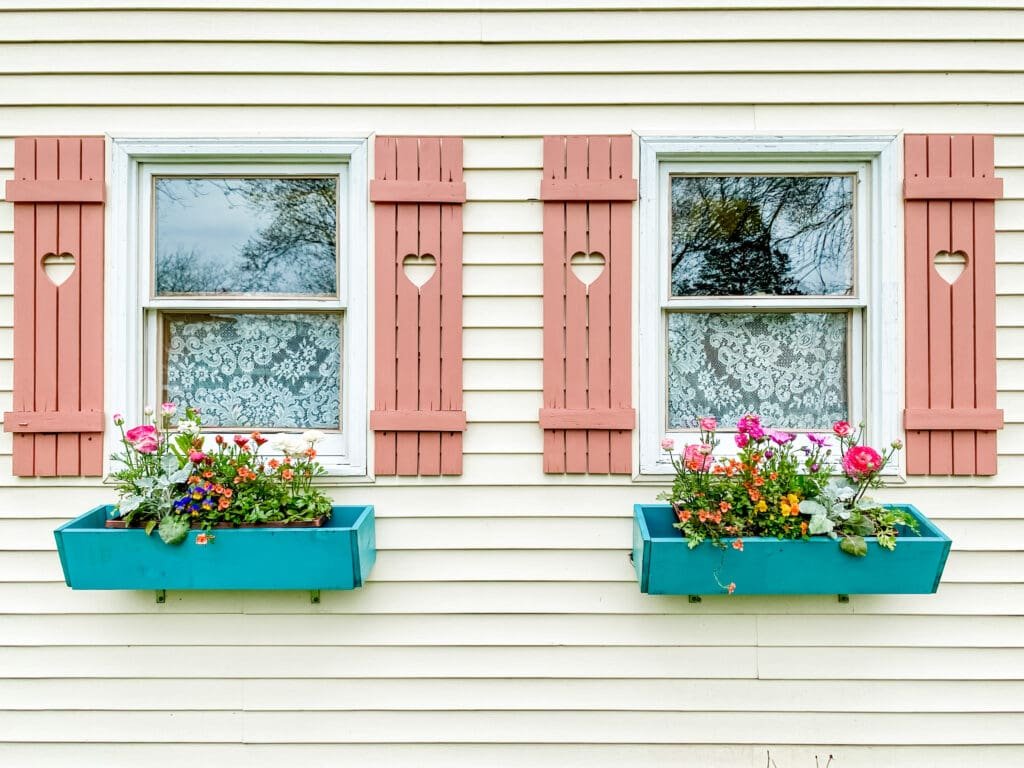
When it comes to choosing the right siding material for your home, durability is a key factor to consider. Fortunately, there are several popular options available on the market today that offer both strength and longevity. Let’s explore some of the most commonly used types of durable siding materials, each with its own unique benefits.
Fiber Cement Siding
Fiber cement siding is a versatile and durable option that has gained popularity in recent years. Made from a mixture of wood fibers, cement, and sand, this siding material offers excellent resistance to rot, insects, and fire. With its strong composition, fiber cement siding can withstand the test of time, ensuring that your home remains protected for years to come. Additionally, it comes in a variety of styles and finishes, allowing you to achieve the desired aesthetic for your home without the need for extensive maintenance.
Vinyl Siding
For homeowners seeking a cost-effective and low-maintenance choice, vinyl siding is an excellent option. This durable material is highly resistant to fading, peeling, and cracking, making it ideal for areas with harsh weather conditions. With a wide range of colors and styles available, vinyl siding allows you to customize the look of your home without the need for regular painting or staining. Its durability and affordability make it a popular choice among homeowners looking for a reliable and long-lasting siding option.
Metal Siding
If you’re looking for exceptional strength and durability, metal siding is worth considering. Whether you opt for aluminum or steel, this siding material offers excellent protection against extreme weather conditions, including high winds and heavy precipitation. Not only does metal siding provide reliable defense against the elements, but it also comes in a variety of finishes and styles, allowing you to achieve a modern, industrial, or traditional look for your home. With its long lifespan and minimal maintenance requirements, metal siding is a smart investment for homeowners seeking durability and aesthetic appeal.
Brick and Stone Siding
For those who desire a timeless and classic appearance, brick and stone siding are the go-to choices. These materials not only provide exceptional durability but also require minimal maintenance. With their ability to withstand harsh weather conditions, brick and stone siding offer long-term value and can significantly enhance the curb appeal of your home. While they may come with a higher upfront cost, the timeless beauty and long-lasting nature of brick and stone siding make them a worthwhile investment for homeowners looking to create a lasting impression.
As you can see, there are several durable siding materials to choose from, each with its own unique advantages. Whether you prefer the versatility of fiber cement, the low-maintenance aspect of vinyl, the strength of metal, or the timeless beauty of brick and stone, selecting the right siding material will not only enhance the appearance of your home but also provide long-lasting protection for years to come.
The Pros and Cons of Different Siding Materials
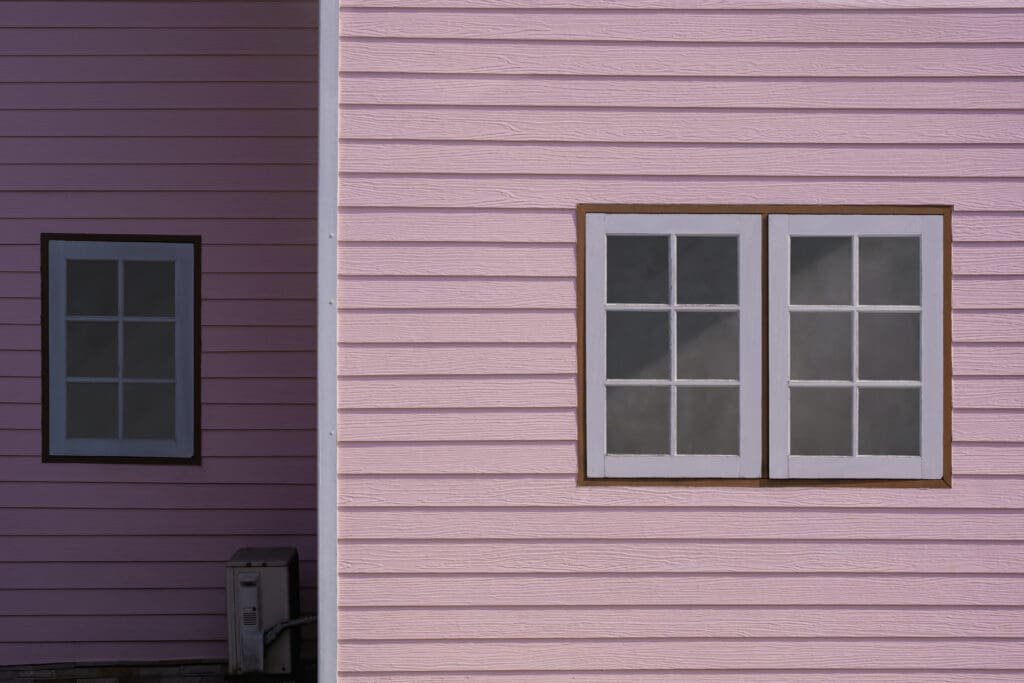
Each siding material has its own set of advantages and disadvantages. Let’s take a closer look at the pros and cons of different siding materials:
Evaluating the Durability of Various Siding Materials
Fiber cement siding is highly durable and can withstand the test of time. It is resistant to rot, insects, and fire, making it an excellent choice for homeowners looking for long-lasting protection. Additionally, fiber cement siding is known for its ability to mimic the appearance of wood, providing a classic and timeless aesthetic to any home.
Vinyl siding, on the other hand, is also durable but may not be as resistant to impact or extreme temperatures. However, it offers a wide range of color options and styles, allowing homeowners to customize the look of their homes. Vinyl siding is also known for its low maintenance requirements, making it a popular choice for those seeking a hassle-free siding option.
Metal siding provides exceptional durability and can withstand harsh weather conditions. It is highly resistant to fire, rot, and insects. However, it may be prone to scratches and dents, which can affect its overall appearance. Metal siding is often chosen for its sleek and modern look, adding a contemporary touch to any home.
Brick and stone siding are known for their longevity and timeless appeal. They offer unmatched durability and can last for generations. However, it is important to note that brick and stone siding can be costlier compared to other materials. The installation process for brick and stone siding is also more complex, requiring skilled professionals to ensure proper installation.
Maintenance Requirements for Each Siding Type
Fiber cement siding requires periodic painting or staining to maintain its appearance. This maintenance task can be an opportunity for homeowners to refresh the look of their homes and protect the siding from weathering. Additionally, regular inspections of fiber cement siding are recommended to identify any signs of damage or wear.
Vinyl siding, on the other hand, is virtually maintenance-free, only requiring occasional cleaning. A simple rinse with a garden hose can remove dirt and debris, keeping the siding looking fresh and vibrant. This low maintenance requirement makes vinyl siding an attractive option for busy homeowners.
Metal siding may require touch-ups or repainting over time to prevent rust or corrosion. Regular inspections are also necessary to identify any areas that may require maintenance. However, with proper care, metal siding can maintain its appearance and durability for many years.
Brick and stone siding generally require minimal maintenance, with occasional inspections to ensure mortar integrity. Repointing, which involves replacing deteriorating mortar, may be necessary over time to maintain the structural integrity of the siding. However, the natural beauty and durability of brick and stone make them a popular choice for homeowners seeking a low-maintenance siding option.
Cost Comparison of Durable Siding Materials
When comparing costs, fiber cement siding falls in the mid to high range, reflecting its durability and long-term value. The initial investment may be higher, but the reduced maintenance and longevity of fiber cement siding can offset the cost over time.
Vinyl siding is generally more affordable compared to other materials, making it a cost-effective option for homeowners on a budget. The lower upfront cost, combined with the minimal maintenance requirements, makes vinyl siding an attractive choice for many.
Metal siding can vary in cost depending on the type of metal chosen. While it may require a higher upfront investment, the exceptional durability and longevity of metal siding can make it a worthwhile investment in the long run.
Brick and stone siding tend to be the most expensive options due to the materials’ higher cost and installation complexity. However, the timeless beauty and unmatched durability of brick and stone can add significant value to a home. It is important to consider the long-term value and durability of each material when evaluating the overall cost.
Installation Process for Durable Siding Materials
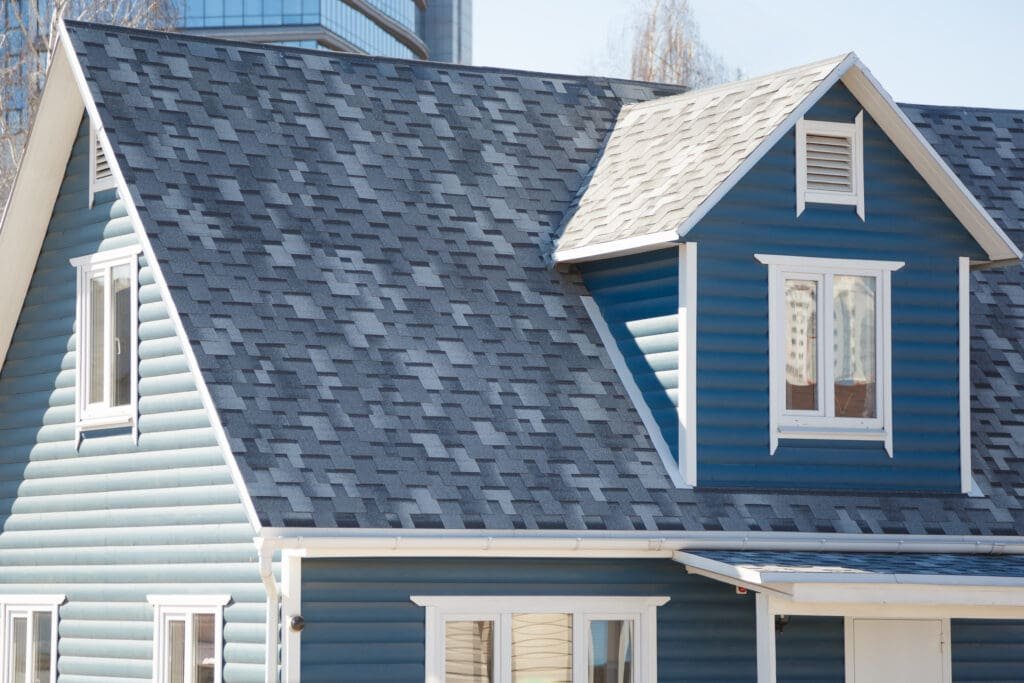
Installing durable siding materials requires careful planning and proper execution. While some homeowners may opt for a do-it-yourself approach, it is often advisable to hire a professional for the best results. Here are some key considerations for the installation process:
Preparing Your Home for Siding Installation
Prior to installing new siding, thorough preparation is essential. This includes cleaning, repairing any underlying issues, and ensuring proper weatherproofing measures are in place. It is crucial to remove any old siding or trim and prepare the surface to ensure the new siding adheres properly.
When it comes to cleaning, it’s important to remove any dirt, debris, or mold that may have accumulated on the surface. This can be done using a pressure washer or a mixture of mild detergent and water. Repairing any underlying issues, such as rot or water damage, is also crucial to prevent further damage to your home. This may involve replacing damaged boards, fixing leaks, or reinforcing the structure.
Proper weatherproofing is another crucial step in preparing your home for siding installation. This involves installing a moisture barrier, such as house wrap or felt paper, to protect your home from water infiltration. Additionally, ensuring that all windows, doors, and other openings are properly sealed will help prevent drafts and improve energy efficiency.
Professional vs. DIY Installation
While DIY installation may save you money upfront, it may not yield the best results if you lack experience or knowledge in siding installation. Hiring a professional ensures that the job is done correctly, minimizing the risk of costly mistakes or issues down the road. Professionals have the necessary tools, expertise, and techniques to complete the installation efficiently and effectively.
When you hire a professional, you can expect them to have a thorough understanding of the different siding materials available and which ones are best suited for your home. They will also be familiar with local building codes and regulations, ensuring that your installation meets all necessary requirements. Additionally, professionals often offer warranties on their work, providing you with peace of mind knowing that any issues that may arise will be taken care of.
While it may be tempting to tackle the installation yourself, it’s important to consider the long-term implications. A poorly installed siding can lead to water damage, energy loss, and decreased curb appeal. By investing in professional installation, you can ensure that your durable siding materials are installed correctly, providing you with a beautiful and well-protected home for years to come.
